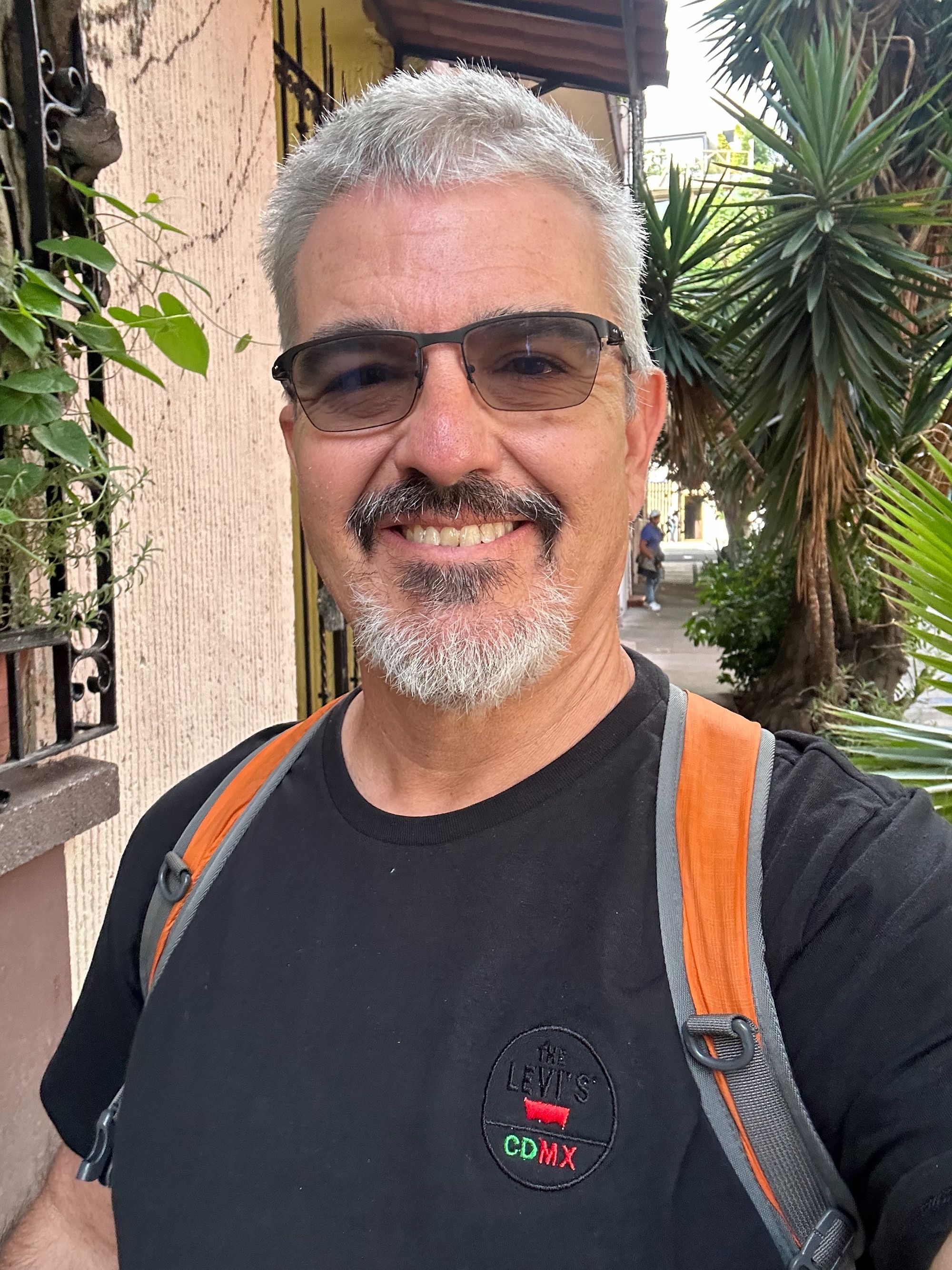CDMX, Day 26 - Wednesday
Had a big insight into how to understand some Spanish Grammer but best of all, I understood the museum tour guide who spoke only Spanish!
Wow, just 3 days left here. How the time flew. Yesterday I managed to pick up my new Levi custom shirt. It's mostly comfortable, and I like the low key CDMX badge. I'm a little less impressed with how Levi's own logo turned out, but I'll take it.

School went a lot better day because I took my ADHD medication. I don't normally like to use that stuff, but wow it makes a difference in class. Focus, clarity, and alertness.
I had a great language breakthrough today with Carlos. We were discussing El que, and Lo que when I suddenly realized that a sentence from a book, I was reading now made perfect sense.
The sentence is: ¿Las qué del qué?
Its translation is literally, the what of what? BUT in Spanish, they have more flexibility English with indirect pronouns. The Las qué here referred to "The Shadows" mentioned in a previous sentence. Therefore, the correct translation of this - to get the meanings is, "that shadows from (of) what?" Let me explain it this way. Basically, he's asking, "What is casting the shadows?"
Bob (speaking to Walt): The shadows are dangerous; they are taking over.
Walt: The shadows of what?
Walt might even say "What shadows?" But I can't think of an example to not use the word shadows in English to keep the continuity of the conversation working.
In the book Walt wants to know what is casting the shadows, what is their source? I can't think of a way to express this in English using a pronoun like "it". It of what makes no sense. However, in Spanish, because it is clear from the context they are still talking about the shadows, they can use the definite pronoun Las (shadows are feminine, Las sombras) plus qué to create a pronoun referring to them without mentioning them explicitly. As a result, we get Las qué del qué? Las qué(=the shadows) of what?
In English we do this all the time with people. But in Spanish, they can do it with things, ideas, concepts, and more.
For example, in English we might say:
Bob: Susan is dangerous, she's taking over.
Walt: Who is she?
It's not a direct comparison, but hopefully it captures the gist. We do something similar, but Spanish from my perspective has a much more robust system of pronouns and connecting ideas without repeating things. This structure has caused me a lot of confusion in reading, but I think I'm finally starting to get it.
When you first start language learning, it feels like they just use different words for the same things - and this is largely true, but what takes some getting used to, is that different languages also express ideas differently, which might mean you have to think differently. This is my favorite part about learning Spanish. Thinking differently.
I have run into a few people who insist there is no difference, and I don't know why that frustrates me so much. Probably because if there is no difference this would easy and I would be fluent now. Also, I think they want to believe there is no difference, so they do not have to do the hard work of actually thinking about what they are saying and its significance. If they accept there is a difference then they may have to face the fact they might be miscommunicating. Or maybe I'm wrong. I don't know. I'm just human and sometimes I want everyone to see things the way I do.
Blah. Let it go.
A Major Break Through
I hit a major breakthrough! I went to the Museum of Tolerance - which has a huge exhibition on Ann Frank. The entire tour was conducted in Spanish, and I finally was able to understand the guide! He spoke clearly and slowly. Also, they gave us all headsets so we could hear him speak no matter where we stood. It was a brilliant move on their part. But the fact that I could understand nearly everything he said was enormous.
I feel like maybe, just maybe, I did, in fact, achieve my goal.